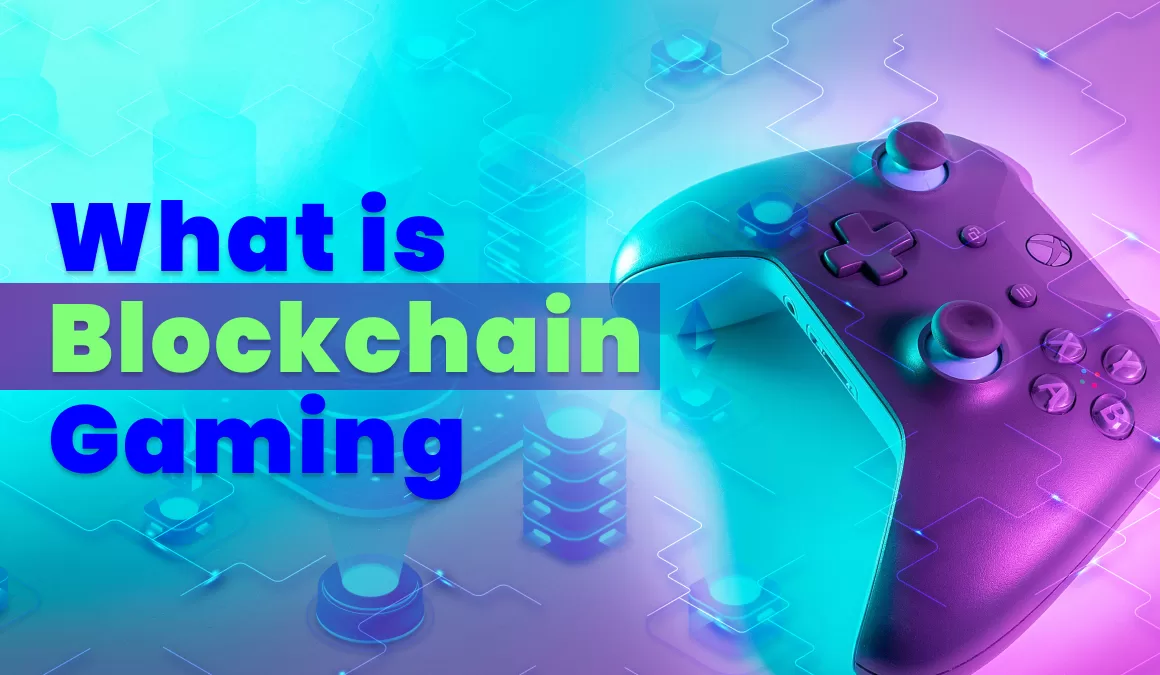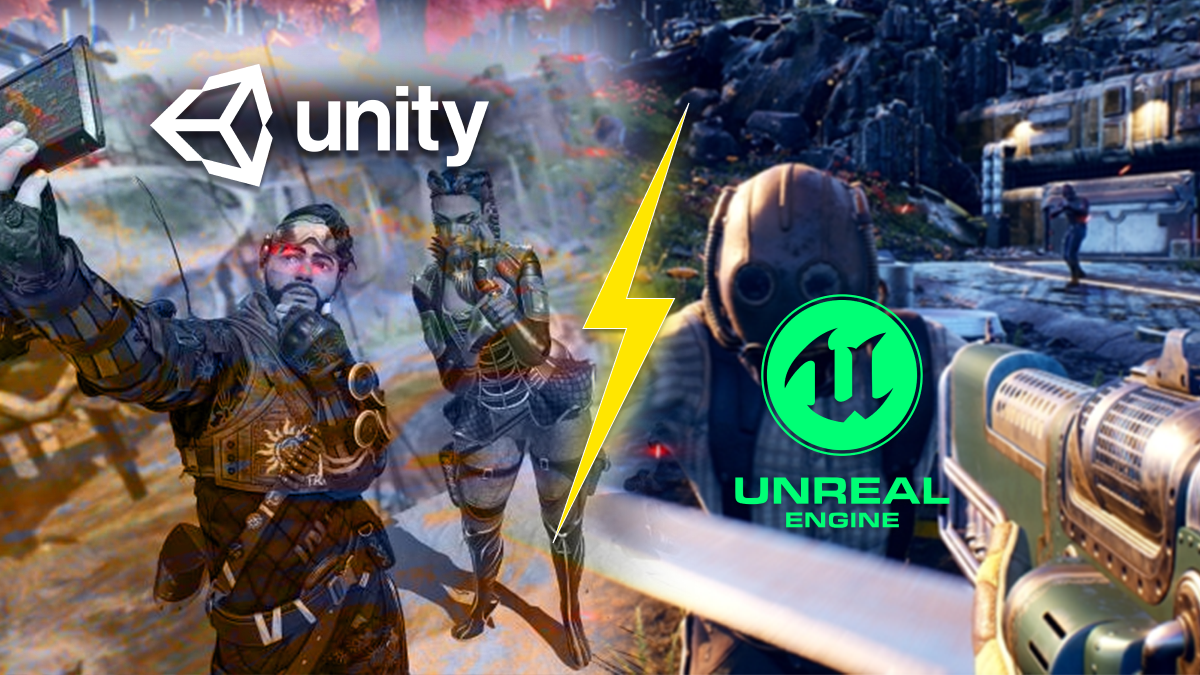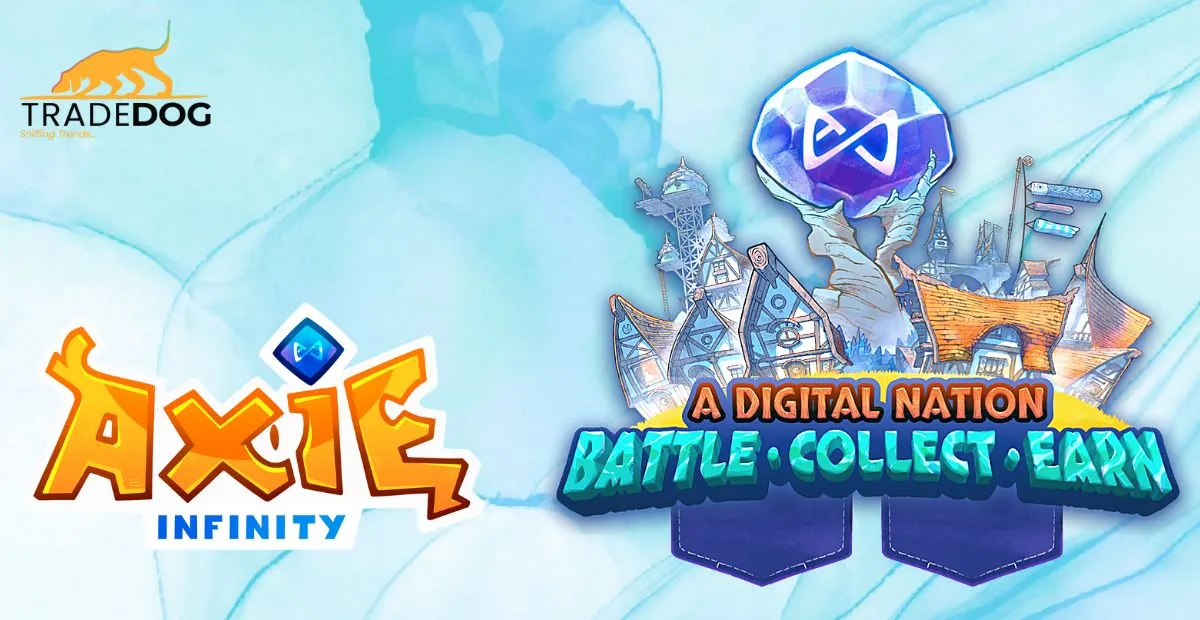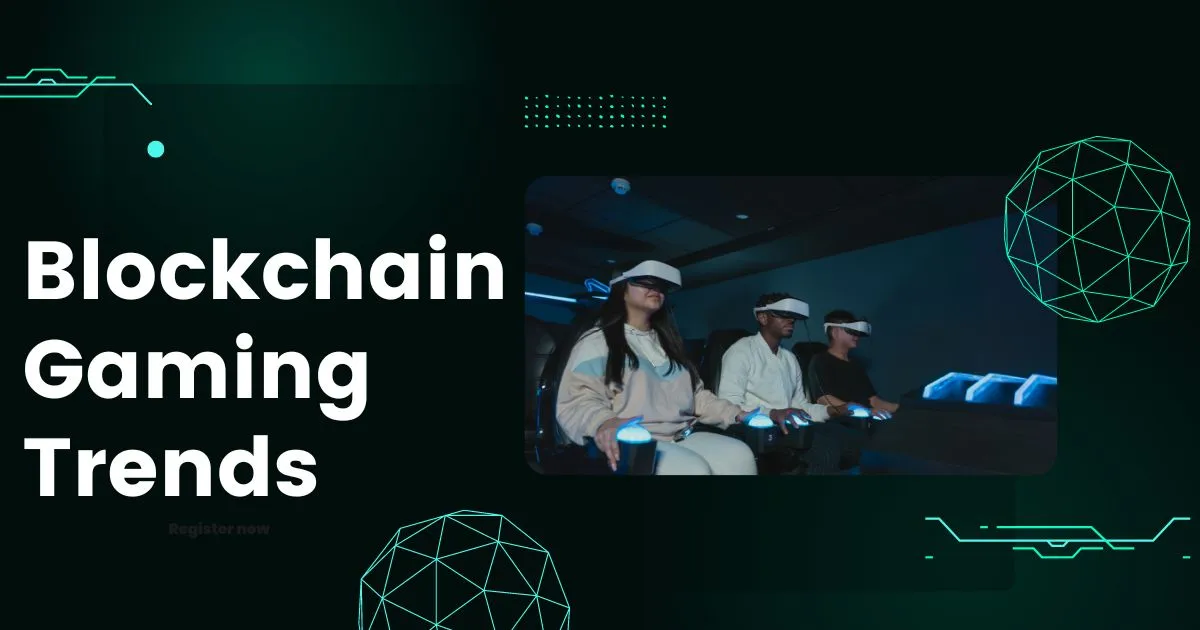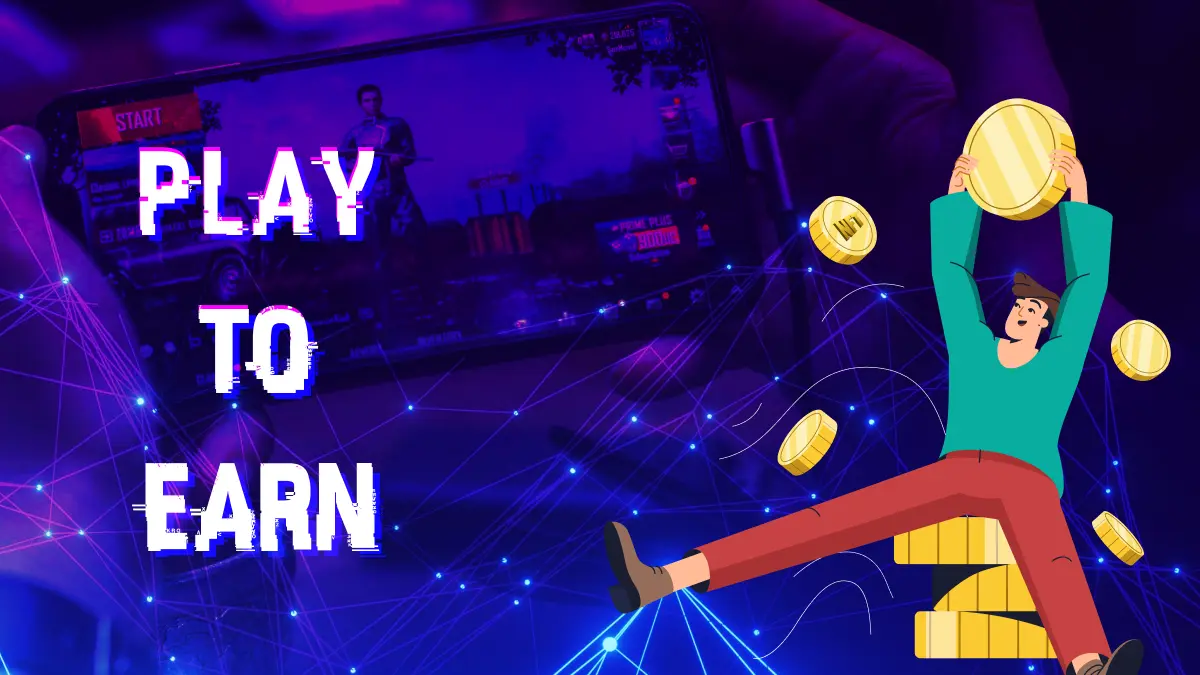Quick Links
Overview
Digital gaming has established itself as a pioneer industry in the digital era. Currently, more than half of the global population (almost 3.5 Bn people) plays digital games. The past few years have seen a significant evolution of games in different genres, such as MMORPGs, PVP & BRS, TCG games, casual games, open world, and strategy games.
However, the industry still needs to provide real ownership of in-game assets to the players. It is controlled by a few companies in the industry, making it centralized. Let’s understand how Blockchain gaming helps to eliminate this issue and what potential it holds for the industry.
What is Blockchain Gaming?
Blockchain gaming is the evolution in the digital gaming space that integrates blockchain technology as its underlying tech, which is used for multiple things like recording in-game transactions, maintaining user profile data, improving the security of a game’s infrastructure in a transparent and tamper-proof manner, and much more.
The emergence of “GameFi”,~ a synchronization of gaming with DeFi (Decentralized Finance), has driven massive adoption in terms of gathering users and rewarding them with high returns by introducing the narratives like Play to earn, Play and earn. With no existence in 2020, the play-to-earn market has grown significantly and currently depicts a market capitalization of $3.47 Bn.
Gaming is predicted to account for a significant share of all funds raised in the Blockchain ecosystem by 2023. Many early-stage investors believe that the next 100 million crypto users in the crypto & blockchain industry will be attracted through gaming.
Need of Blockchain Technology in Gaming?
Being highly transparent, interoperable, and scalable, blockchain technology is considered an essential element that can be integrated into digital gaming, leading it to reach new heights and unlock untapped potential. The use of Blockchain in gaming offers endless benefits to players.
A major offering of blockchain technology in gaming is for creating decentralized, peer-to-peer platforms for playing games. These platforms use smart contracts and other blockchain-based technologies to allow players to compete and interact with each other directly rather than through a central server or authority. This can give players more control over their gameplay experience and allow them to participate in games in a more decentralized and autonomous way.
Another use case that blockchain technology brings to the existing digital games is the integration of NFTs. Short for non-fungible tokens, NFTs can be used as an in-game asset in digital games like an avatar skin, a vehicle, a weapon, a profile identity, etc., highlighting the true ownership of the player that owns the respective NFT. These NFTs can be traded on secondary markets like rarible and opensea, allowing players to purchase, sell, and profit from the in-game items as they see fit.
Alongside, there are several other unique value propositions like rewards to players in crypto tokens which they can redeem for ‘real money’, lower transaction costs, online security & interoperability, governance authority to the players in the form of DAO, and passive income sources to the users.
How to invest in Blockchain Gaming?
Before entering and earning profits by playing, most crypto games require players to buy their native crypto tokens (fungible/non-fungible), making their model more of ‘Pay-to-Play-to-Earn’.
Before investing and playing, a user should carefully evaluate the best crypto games with an organic player base and a strong track record in token performance.
On the other hand, if a user is unable to engage with the game due to lack of time, unavailability of equipment, or other relevant factors, the investment shall be done in blue-chip NFTs and crypto tokens of top charting crypto games that might help the user to earn profits with the game’s growth in popularity. Investments should be viewed and done in games with a viable business plan and a well-structured reward system rather than ones driving short-term hype cycles.
Do Blockchain Games Hold A Future?
The industry has evolved exponentially from zero in 2020 to $4.6 Bn in 2022 and is expected to reach a market size of $65 Bn by 2027, with a CAGR of 70% (2022-2027). According to a survey by BGA in 2021, 43% of the respondents (mostly gamers) believe that education about the core concepts underpinning blockchain gaming is the next pain point and 86% of respondents believe at least some of the traditional gaming industry would integrate blockchain within the next 2 years.
Crypto gaming has draw millions of new cryptocurrency participants and serve as the entry point for web3 adoption. The present gaming ecosystem has some flaws that are being addressed by blockchain games. The industry is anticipated to receive flagship games with remarkable graphics and overall in-game mechanics once the tier A web 2 gaming developers enter the crypto gaming area, helping to drive significant momentum in the industry.
Tokens that hold the potential to an upsurge in future
| Tokens | Game | Current Price (Jan 2023) | ATH | Market Cap (fully diluted) |
| ILV | AAA MMORPG (unreleased) | $38.91 | $2868.95 | $389.09 Mn |
| PYR | Web 3 gaming studio with multiple games | $2.78 | $49.74 | $139.27 Mn |
| GOB | Trading card game (alpha live) | $0.005 | $0.394 | $3.88 Mn |
| APE | MMORPG (unreleased) | $3.86 | $39.40 | $3.85 Bn |
| ATLAS | MMORPG | $0.0028 | $0.2773 | $101.94 Mn |
Conclusion
The fundamental pillars that will promote the development and extension of the blockchain gaming ecosystem in the future are cross-platform accessibility, true ownership of in-game assets via non-fungible tokens, and crypto gaming guilds. Although this industry is heavily influenced by overall crypto market sentiments, it has withstand the overall market repercussions if these potentials are realized.





